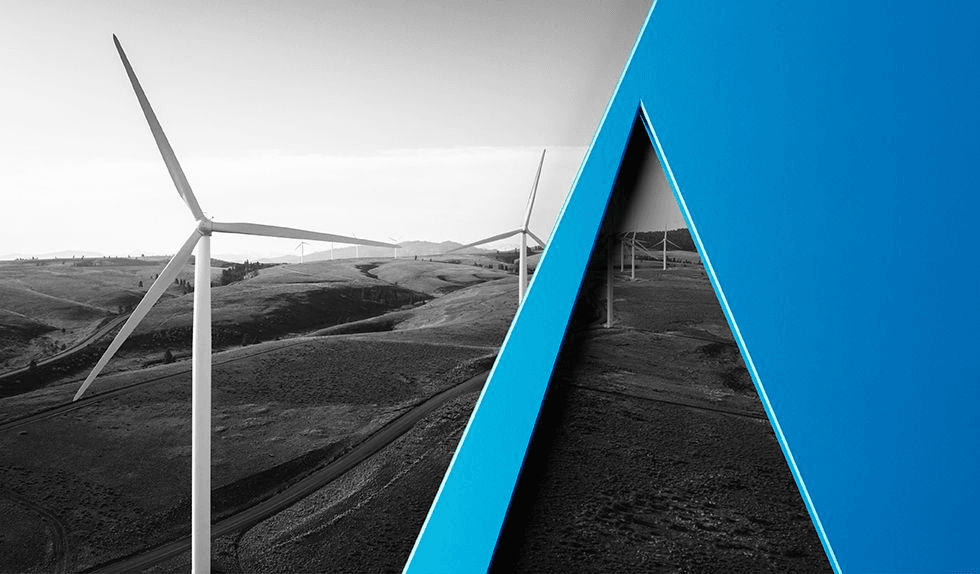The court’s reasoning was straightforward. FERC stated in Order No. 679 that it “will approve, when justified, requests for ROE-based incentives for public utilities that join and/or continue to be a member of” a transmission organization.5 But FERC also stated that it would not create a “generic adder for such membership” and that it would consider incentives on a case-by-case basis.6 The justification that FERC gave for offering such incentives is that “continuing membership [in a transmission organization] is generally voluntary”7 and that such incentives would induce utilities to join, and remain members of, transmission organizations. However, as the court observed, an incentive adder “cannot ‘induce’ behavior that is already legally mandated,”8 and FERC itself has previously refused to award incentives for legally mandated behavior.9
The court concluded that FERC essentially treated ROE adders for transmission organization membership as “generic” by awarding one to PG&E without consideration of PG&E’s case-specific circumstances (i.e., that it is not free to leave CAISO). In doing so, it arbitrarily and capriciously departed without explanation from its stated policy that such adders were to be awarded on a case-by-case basis.
The 9th Circuit’s decision will have an immediate impact for both PG&E and other California utilities. For example, on December 29, 2017, FERC authorized an ROE adder for CAISO membership for Southern California Edison Company, which, like PG&E, is required to seek CPUC authorization to leave CAISO.10 The decision may also impact utilities elsewhere; FERC has routinely granted requests for ROE adders based on transmission organization membership with little consideration of case-specific factors. Thus, utilities located in other transmission organizations may find themselves in the same position as CAISO utilities, at least if state law prevents the utility from leaving the transmission organization at will.
1 Ca. Pub. Utils. Comm’n v. FERC, No. 16-70481, 2018 WL 315575 (9th Cir. Jan. 8, 2018) (“9th Cir. Order”).
2 Promoting Transmission Investment Through Pricing Reform, Order No. 679, 116 FERC ¶ 61,057 (“Order 679”), order on reh’g, Order No. 679-A, 117 FERC ¶ 61,345 (2006), order on reh’g, Order No. 679-B, 119 FERC ¶ 61,062 (2007).
3 Order No. 679 at P 326.
4 Id. at P 331.
5 9th Cir. Order at *5 (emphasis in original) (citing Order No. 679 at P 326) .
6 Id.
7 Order No. 679 at P 331.
8 9th Cir. Order at *5.
9 Id. at *7.
10 See S. Cal. Edison Co., 161 FERC ¶ 61,309 (2017).



